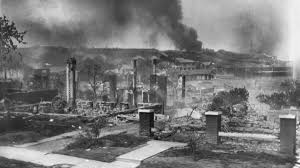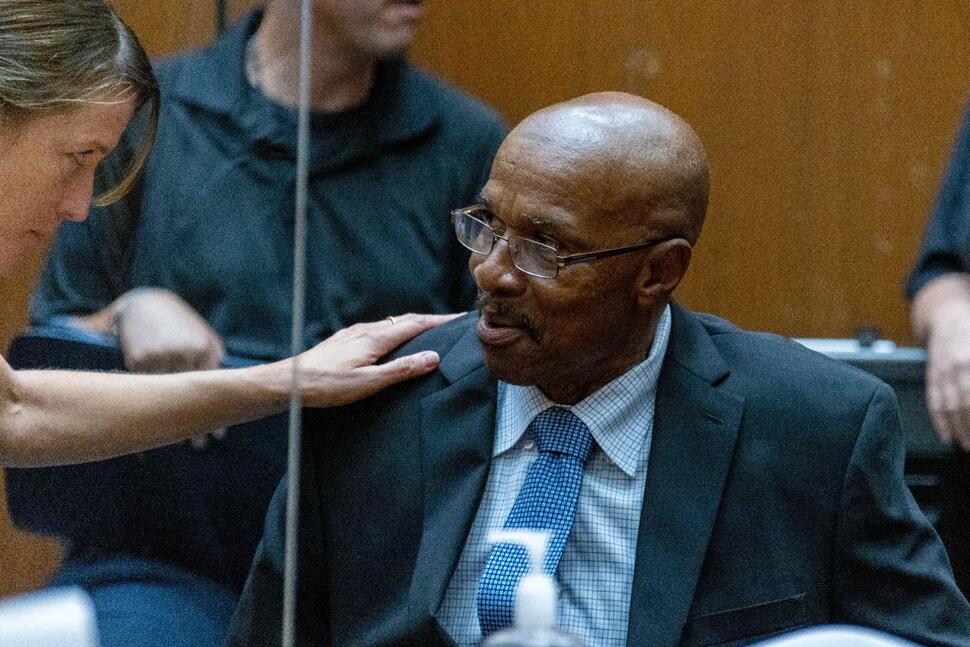
The Tulsa race massacre has been considered to be one of the most violent incidents of racial violence and injustice in the United States.
On the morning of May 30, 1921, a 19-year-old shoe shiner, Dick Rowland, tripped while exiting an elevator and held the arm of the White elevator operator, who screamed.
A worker at a nearby store called the Police and alleged the situation to be an attempted case of sexual assault. The next day, the Police arrested Dick Rowland, who reiterated that his intention was never to harm the lady.
Soon enough, a white lynch mob had formed and black residents knowing that it was up to them to defend Dick Rowland, came out to support him, and this sparked the violence.
The Police and residents the Police gave the power to stand in for them, made up of these armed white mobs. They began shooting and went as far as dropping bombs made of Turpentine from aeroplanes to set homes and businesses ablaze.
The National Guard was at the venue, forcing thousands of the black residents of the city of Greenwood, Tulsa, into detention, promising to shoot anyone who resisted. The black residents were detained, giving the whites free rein to loot and destroy their businesses and homes.
It’s important to point out that the city of Greenwood, a predominantly black neighbourhood also known as Black Wall Street, was a prosperous district. Its residents were thriving. And this massacre did not only kill people and destroy homes but also erased years of black work and success.
The financial toll this took on the Greenwood residents can not be overemphasised, as many of the residents after the massacre had to start afresh in new neighbourhoods with nothing to their names.
For many decades, the Tulsa massacre was intentionally buried in history. The Greenwood community was a city in a city. The blacks never had to leave their town as they owned numerous businesses for every purpose.
The destruction on Greenwood lasted for two days, with the result being 35 blocks burned to the ground, over 300 blacks dead, more than 1500 homes burned and robbed, over 9000 left homeless and 6000 blacks detained in internment camps. Two dozen grocery stores, four drug stores, over 20 restaurants and a city that portrayed the possibility that blacks could dream and thrive in a country that sought to harm them were wiped out of history.
Many survivors of the massacre left, and while a few stayed back to rebuild, the StateState kept silent about the massacre, omitting it from local, StateState and national histories up until 1996, 75 years after the massacre, when the StateState authorised an investigation.
More than a century after the Tulsa race massacre, the government is yet to provide restitution to the people involved.




